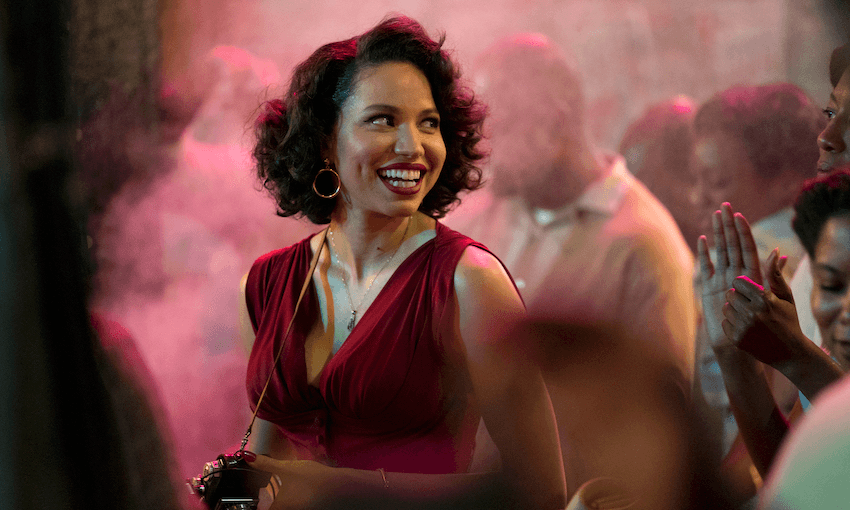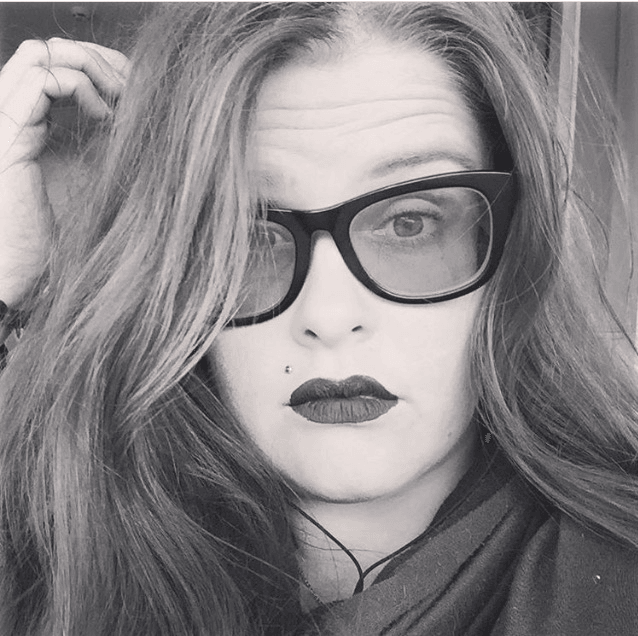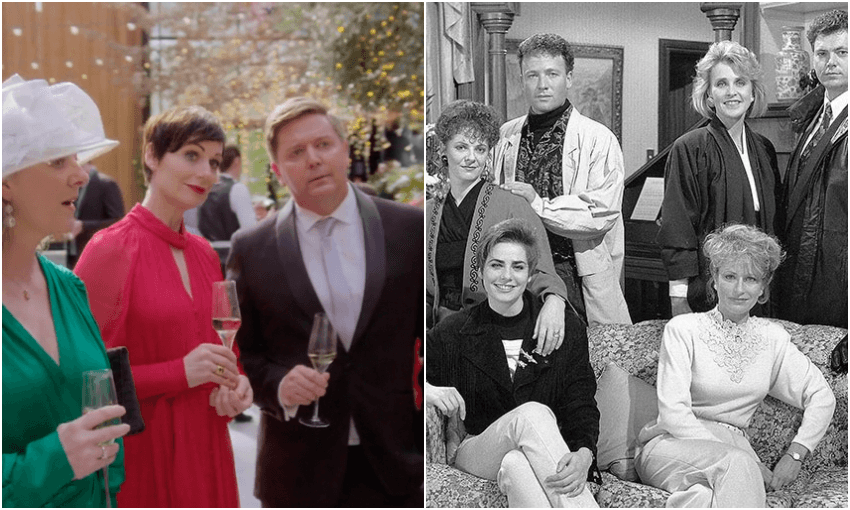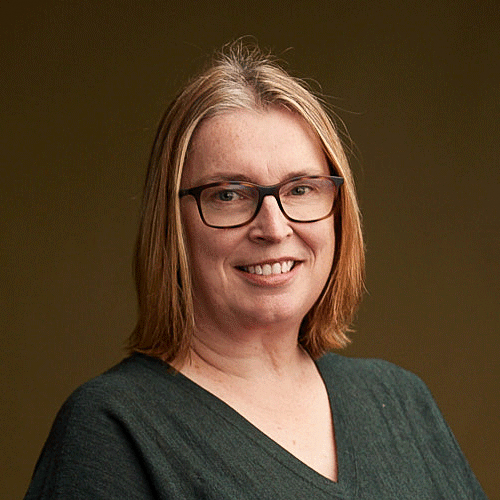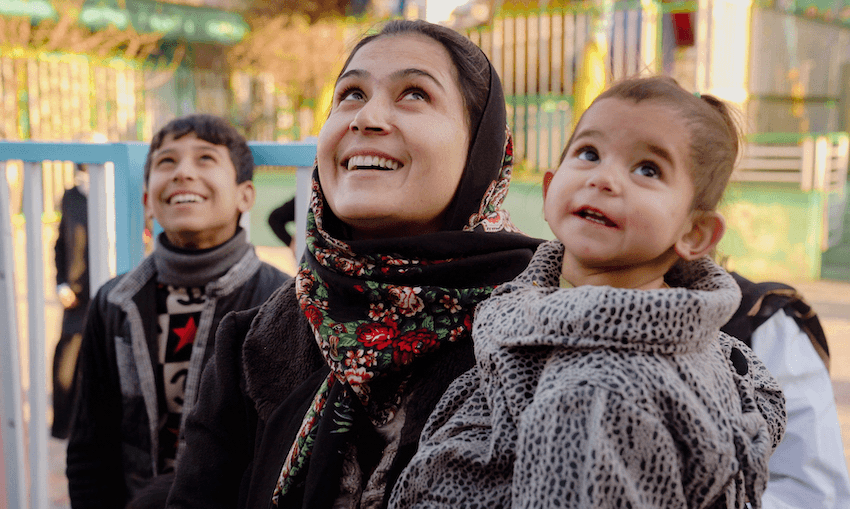In Jordan Peele’s new show, the acclaimed director of Us and Get Out once again uses horror as a vehicle to critique our broken society.
If you’re watching the best, deepest and most thoughtful television today, chances are you’re watching a good piece of horror TV. The latest entrant into the recent boom is Lovecraft Country, available now on Neon and developed by Misha Green (Underground) from the novel by Matt Ruff. Where this show differs, though, is in the prescience and unfortunate relevance of its message. Just as producer Jordan Peele’s films have mined the horrors of racism in the US, Lovecraft Country is an explicit centring of Black excellence that couldn’t be any more welcome.
If you’re unfamiliar with Lovecraftian horror, I’ll give you a quick rundown. Lovecraftian horror – named for Cthulhu mythos writer HP Lovecraft – is less concerned with gore than it is with the visceral experience of fear, particularly fear of the unknown. It’s also sometimes called cosmic horror, in reference to the unknowableness of the vastness of the universe. Lovecraftian horror utilises monsters and aliens, engaging with a mythos of the supernatural. So, like, tense psychological thrills, but make it supernatural.
This supernaturality is made clear in the opening sequence, in a science fiction shoot-em-up sequence straight out of the protagonist Atticus’ favourite book, and there are some very terrifying monsters in the first episode. As the stories unfold, the textures get richer, and the monsters become less supernatural and more horrifically human. Gone are the four-legged monsters with the sharp teeth, replaced instead by bone-crunching human shapeshifting.
As you’d expect from its pedigree, Lovecraft Country’s combination of prestige horror with comedic elements makes for a gripping blend. In Peele’s film Us, the middle act is entirely horror comedy, which has a fabulous effect of sneaking its message in, and shunting the viewer sideways into relentless pursuit and terror. His brilliant first film Get Out is sparing in its use of gore, to great and terrifying effect.
Lovecraft Country never loses its social messaging, but nor does it take itself so seriously as to make the viewing experience dire and distracting. Like in the blockbuster sci-fi hit Westworld, the world created here is so recognisable, and the actions of the characters so understandable, that there are potent social questions. But where Westworld’s thematics stimulate the audience to question “would I do this?” if placed in a similar scenario, Lovecraft Country, with its obvious and powerful emphasis on race and class, should have white viewers instead asking themselves “have I done this?”.
The core of Lovecraft Country is the way that the creators use the absurdity of horror – monsters, blood, curses, revenge missions – to draw attention to the absurdity of racially motivated violence and prejudice. Lovecraft Country shows the audience a very realistic depiction of 1950s Jim Crow America, and contrasts it with body horror and the supernatural. The tension of the sequences when the Black protagonists are driving through the “whites only” countryside is as nauseating as any gore scene. Over time the graphic horror is less of an assault to the senses than the depictions of racism. Why should we fear the supernatural when society is horrifying enough?
I won’t dignify HP Lovecraft’s batshit horrific theories of God and race with any kind of summary, but there is delicious irony in Matt Ruff’s use of Lovecraft in his novel and in this subsequent show. By baiting Lovecraft fans through the use of his name, Ruff subverts racism using its own art, in a similar way to what Watchmen did with Alan Moore. However, the strength and power of that irony comes much more to the fore in its adaptation by Black writers and producers.
And Jordan Peele knows what he’s doing. Both Us and Get Out show white-on-black violence not just through the visceral horror aspects, but also through the very pointed examinations of economic disparity. Chana Joffe-Walt’s brilliant new podcast Nice White Parents, about the continued racial segregation in New York City public schools, could be fictionalised into a Peele-esque horror film about white people taking over a Black school and disenfranchising all the BIPOC students. That’s what nice white people do.
The undeniable skill of African American artists is the heart, lungs, and spine of Lovecraft Country. The creator Misha Green is a genius. The cast of predominantly Black actors, including Michael K Williams, Courtney B. Vance, Jurnee Smollett and Jonathan Majors are all superb. The white actors in supporting roles bring their best racist sneers to the ensemble. There’s no white saviourism in Lovecraft Country. Just radiant Black excellence.
Lovecraft Country is streaming now on Neon, with episodes dropping weekly every Monday.

